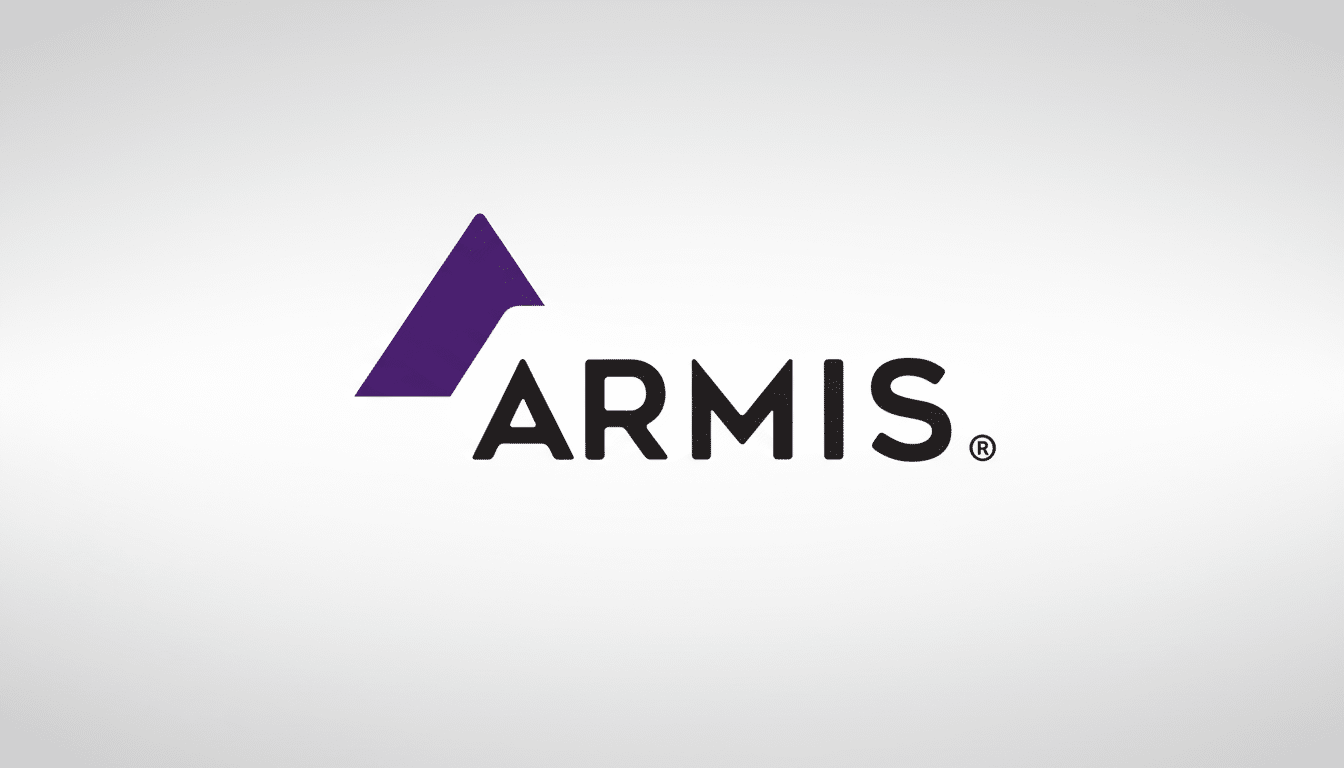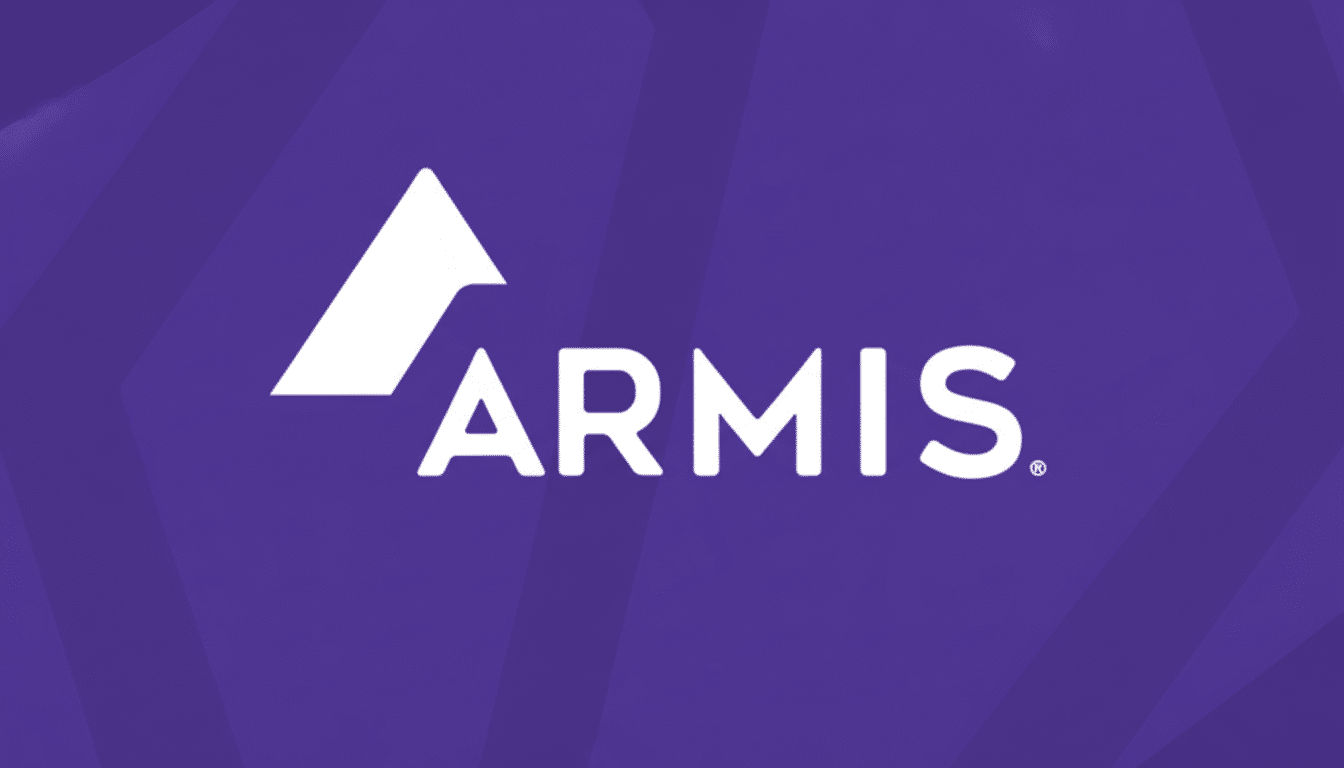Armis raised $435 million in new pre-IPO funding, valuing the company at $6.1 billion as it readies for independence following several buyout offers. The round, which was led by Growth Equity at Goldman Sachs Alternatives, with significant participation from CapitalG, as well as new investor Evolution Equity Partners, is a signal for the direction of the cybersecurity company: it wants to go public rather than get acquired.
A Clear Signal of IPO Intent and Momentum for Armis
In an industry where M&A frequently trumps listings, Armis is taking a tougher path but one with potentially more upside.
- A Clear Signal of IPO Intent and Momentum for Armis
- Round details and backers behind Armis’s pre-IPO raise
- Revenue targets and public readiness milestones ahead
- Why Armis is a strategic asset across critical sectors
- Market context and comparables in security and risk
- What to watch next as Armis advances toward IPO

The company drew seven acquisition offers, including a reported $5 billion bid from Thoma Bravo, Bloomberg said. The choice to raise and move on toward an IPO means Armis joins a new wave of security companies aiming for public markets, including recent names like SentinelOne, Rubrik, and Netskope.
The new valuation is an eye-catching figure higher than a recent $4.5 billion tender offer. Late-stage investors normally back such moves only if revenue trajectory, retention, and category strength suggest staying power — and if management is really showing that it’s gearing up for public-company scrutiny.
Round details and backers behind Armis’s pre-IPO raise
The financing was led by Growth Equity at Goldman Sachs Alternatives, and included participation from CapitalG, which is the independent growth fund of Alphabet and already supports companies with long enterprise sales cycles, as well as Evolution Equity Partners, which has specialized in cybersecurity scaling. All of that mix matters: it matches balance-sheet heft to sector expertise, two ingredients which tend to better oxygenate a pre-IPO company’s execution structure as it builds its way toward an S-1.
Pre-IPO rounds like this one are often targeted at building an endurant cash bank before going public — addressing such factors as audit readiness, SOX controls (sufficient internal processes so the company can certify its finances), and infamously lengthy acquisition cycles in government contracts and Fortune 500 deals. They also provide enterprise customers with a level of confidence that a critical supplier has the financial runway to invest through cycles.
Revenue targets and public readiness milestones ahead
CEO Yevgeny Dibrov says Armis has hit $300 million in annual recurring revenue and hopes to pass the $500 million mark, while attaining cash flow positivity before ringing the bell.
He characterizes the company as already “operating like a public company,” citing disciplined quarterly execution — exactly the operating cadence that public investors will examine.
https://twitter.com/MartinGale/status/1339958523785041921 (paywall).

With enterprise security, continued growth combined with improving efficiency metrics — on gross margin expansion, shorter sales efficiency payback periods, and net revenue retention above 100% — generally fetch premium multiples. If Armis can manage that mixture and scale, crossing the $500 million ARR watermark, it will debut on public markets with few peers in a similar place in the OT/IoT security space.
Why Armis is a strategic asset across critical sectors
Armis is designed to allow organizations to gain visibility and control of all unmanaged and mission-critical devices associated with IT, OT, IoT, and medical ecosystems — where traditional endpoint-based agents cannot be used. The platform identifies and classifies devices, maps relationships, detects rogue behavior, and helps security teams reduce risk around broad networks.
It is that capacity which is necessary for backbones that serve critical infrastructure, health care, manufacturing, and energy — all of which are under relentless assault from ransomware and nation-state activity. Its customer base consists of Fortune 500 companies and various levels of government, both market segments which care for resilience, compliance, and vendor viability as much as feature sets.
Market context and comparables in security and risk
Analysts for firms such as Gartner have flagged continued double-digit growth in security and risk management spend — identity, cloud workload protection, and OT security all growing faster than overall IT budgets. A tailwind for a few new listings, perhaps, but the window remains selective — the sweet spot being companies with demonstrable category leadership and disciplined unit economics.
Armis’s position contrasts with high-profile peers that pursued M&A as a quicker path to scale. The company’s rejection of the sale, coupled with a massive step-up round, shows a belief that public-market comparables and scarcity value for high-growth, profitable-at-scale security vendors outweigh near-term takeout premiums.
What to watch next as Armis advances toward IPO
Primary metrics before an IPO will include progress toward $500 million ARR, proof of improving cash flow, and the retention rate of its largest enterprise and public-sector wins.
Product-wise, expect tighter integrations across SOC tooling, advancements in AI-based device behavior analytics, and controls that close the visibility/automated response gap in OT environments.
If Armis can translate its latest funding into continued growth and increased efficiency, it might end up as one of the rare security companies that is ready to test the public markets on its own terms — after proving that it had options and specifically chose the harder path.

